It has been said that no animal better symbolizes northern wilderness than the common loon, who has lived in this area longer than any other bird–an estimated 60 million years. However, like our enduring environment, this magnificent bird is in considerable danger. So, before the loon is completely pushed out of its natural habitat, Amanda and I decided to take the kayaks out to Pawtuckaway Lake at Pawtuckaway State Park in an effort to share its waters and perhaps catch a fleeting glimpse.

Tucked away in the town of Nottingham in southeastern New Hampshire, Pawtuckaway State Park’s 5,500 acres has something to offer for any and every wilderness nerd, obviously including Amanda and myself. Although we focused on kayaking, the park is especially well-known for its bass fishing, beachside swimming, lakeside camping, and extensive wildlife.

Along with the its unique plant diversity, the park also offers geologically unique areas. Pawtuckaway’s Boulder Field features one of the world’s largest collection of glacier erratics leftover from the Ice Age. Read up on the park’s biodiversity in this report done by the New Hampshire Natural Heritage Bureau.
The park also contains charming areas that are perfect for picnicking as well as more than enough trails for hiking and general exploring (map). In fact, it’s an extremely popular spot during the summer months, sometimes causing a long line of cars to form along the road at the park’s entrance.
To beat the traffic and avoid the lines, we went during the dusk hours to paddle through quiet waters and to catch the sunset and to have a better chance of seeing or hearing the majestic loon. Although the mosquitoes were ruthless, it was a much more secluded and tranquil atmosphere.

We started our journey at the canoe launch at the southern end of the lake, pushing our kayaks off into the perfectly still and highly-reflective water.
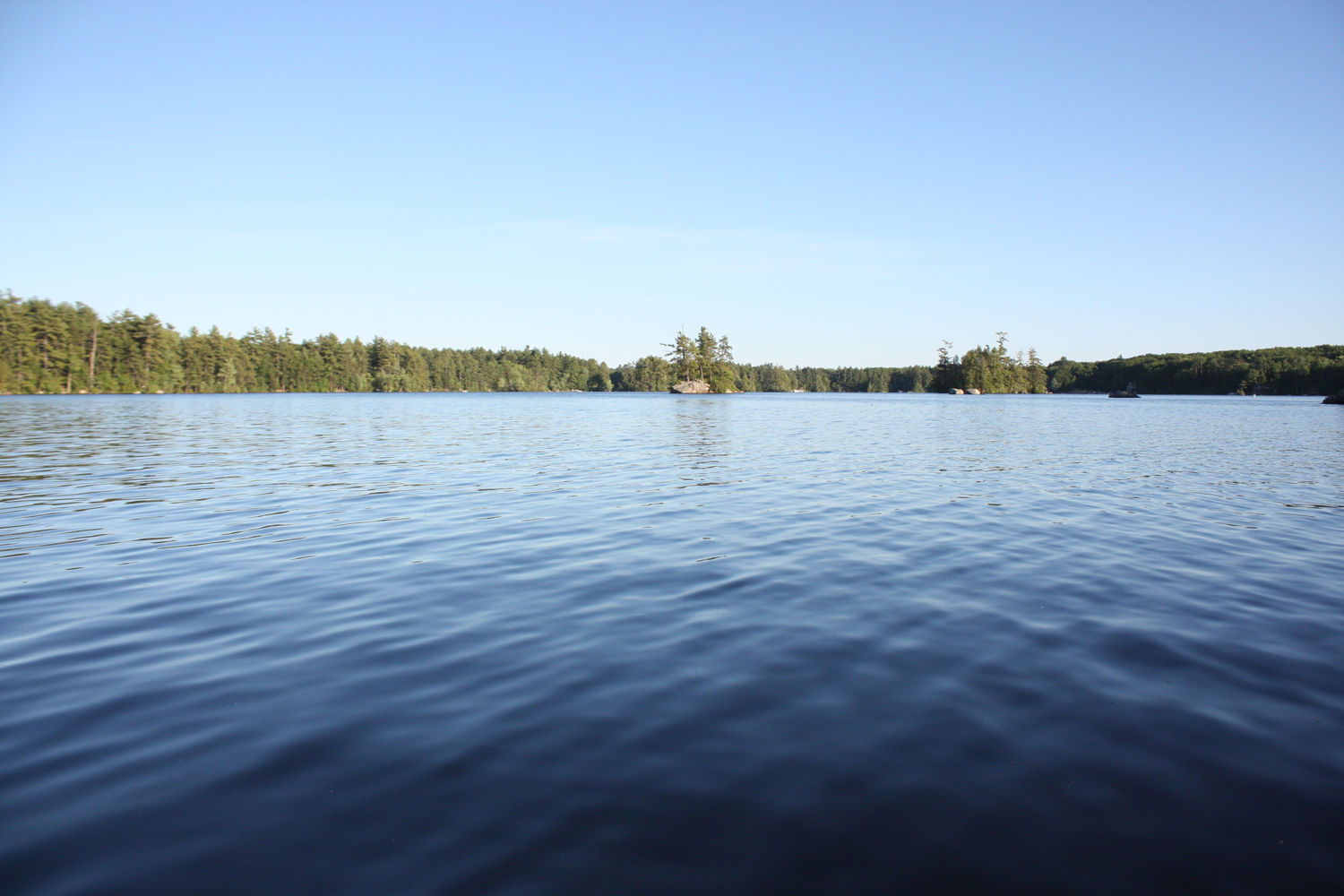
The southern end of the lake is more heavily development and has increased motor boat traffic. According to research done by the Tufts University Wildlife Veterinary Clinic, the primary cause of death for loon chicks is collisions with personal watercraft and motorboats.
For the most serene and environmentally-friendly paddling, stick to the northern end where there is less development. From the boat access at the tip of Fundy Cove, there’s plenty of peaceful water for exploration.
The shoreline is heavily wooded, but the open understory is dotted with more than enough coves, inlets, islands to investigate.
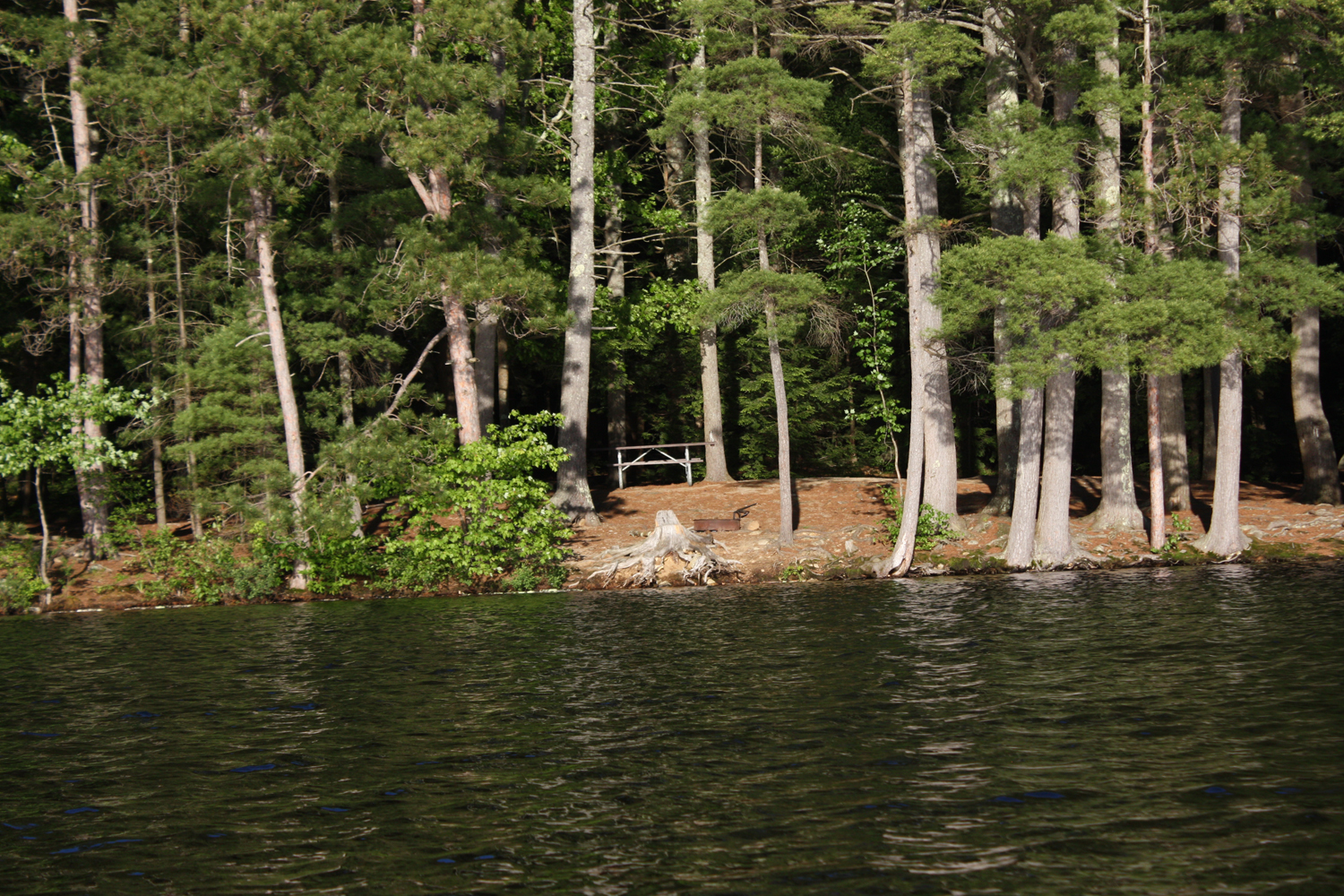
While traversing along the shoreline, however, it’s important to avoid alarming nesting birds. The lake’s marshy inlets provide the perfect habitat for birds such as loons and blue herons. Because loons cannot walk on land due to their legs, which have adapted to aid them in swimming, they always build their nests very close to shore.
It’s especially important to lookout for loons because if they flee from the nest and the eggs are left unattended, the embryos can die in just a half-hour. This is why increased shoreline development is considered the main cause of the loon’s decline. Remember to watch for warning signs during the nesting season, which starts in early May and ends in mid-July. If you see a loon flapping its wings and making a fuss during the nesting season, keep your distance.
Knowing this, we steered clear of the shoreline and headed northeastward to the main section of the lake, where we reclined in our kayaks and watched the sun slowly settle behind the tall white pines, red maples, birches, and hemlocks. All the while, we heard the loon’s howling cry resonate through the still air.
Loon Call courtesy of Archive.org:
And although we didn’t see any loons this time around, we were lucky enough to spot (and photograph) a passing blue heron.
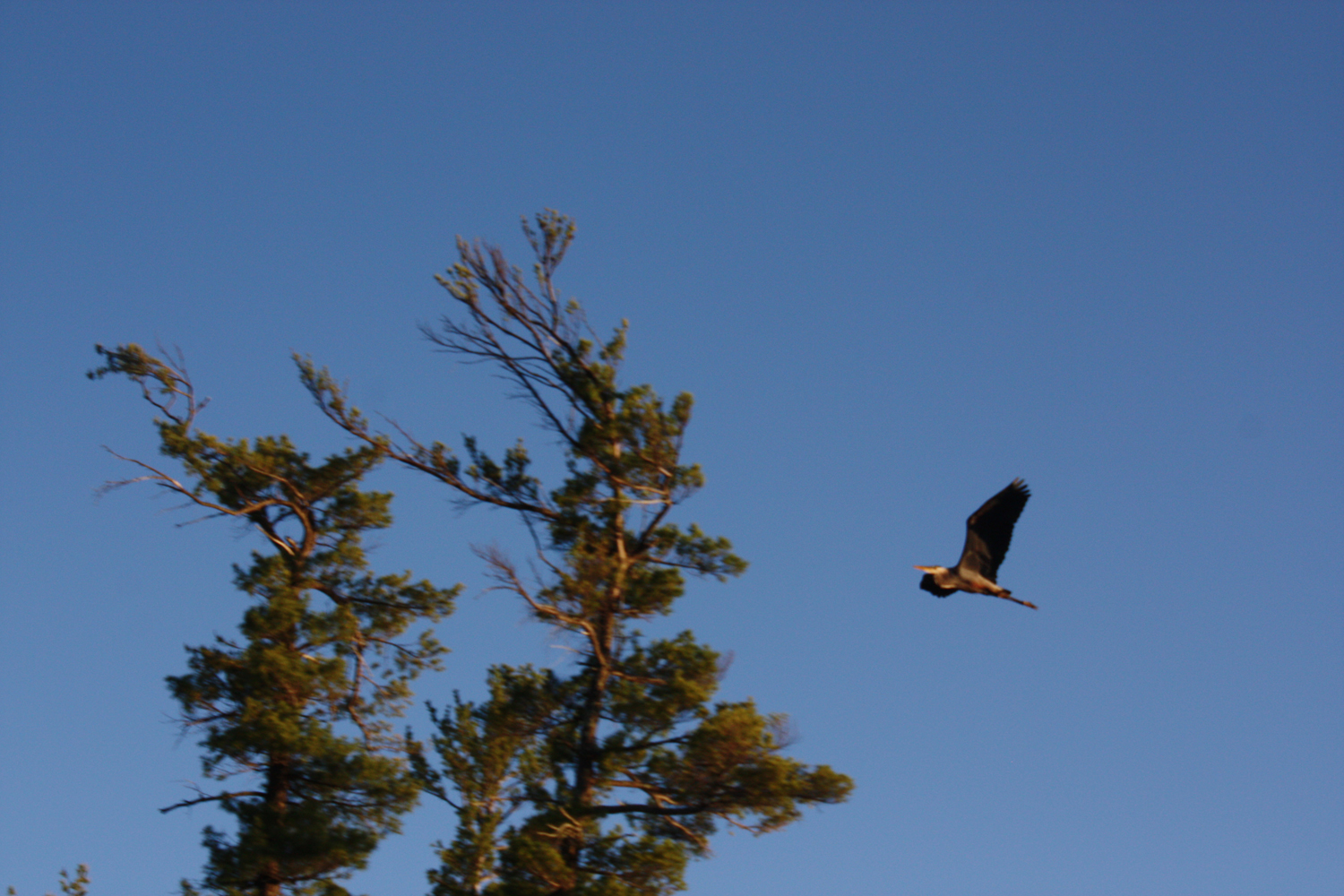
After the sun sunk beneath the horizon, we headed back to the boat launch under heavy attack from the mosquitoes, thus concluding another inspirational New Hampshire State Park experience.


What animal do you think best symbolizes the northern wilderness?
Happy trails! And, as always, be safe!
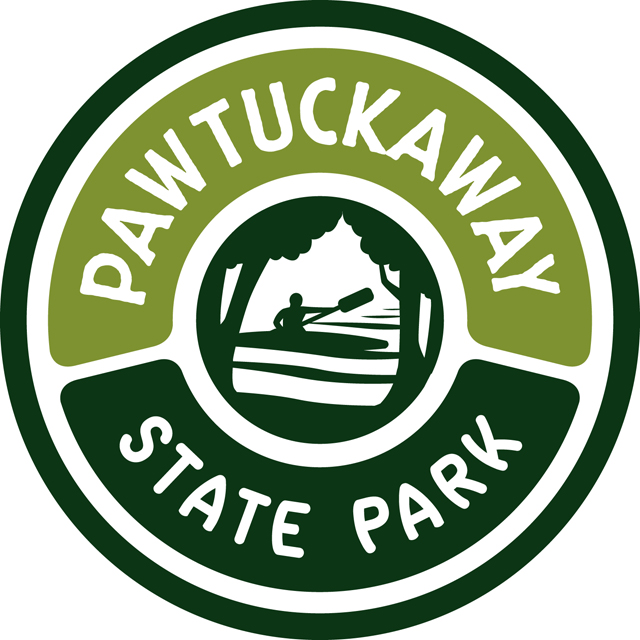
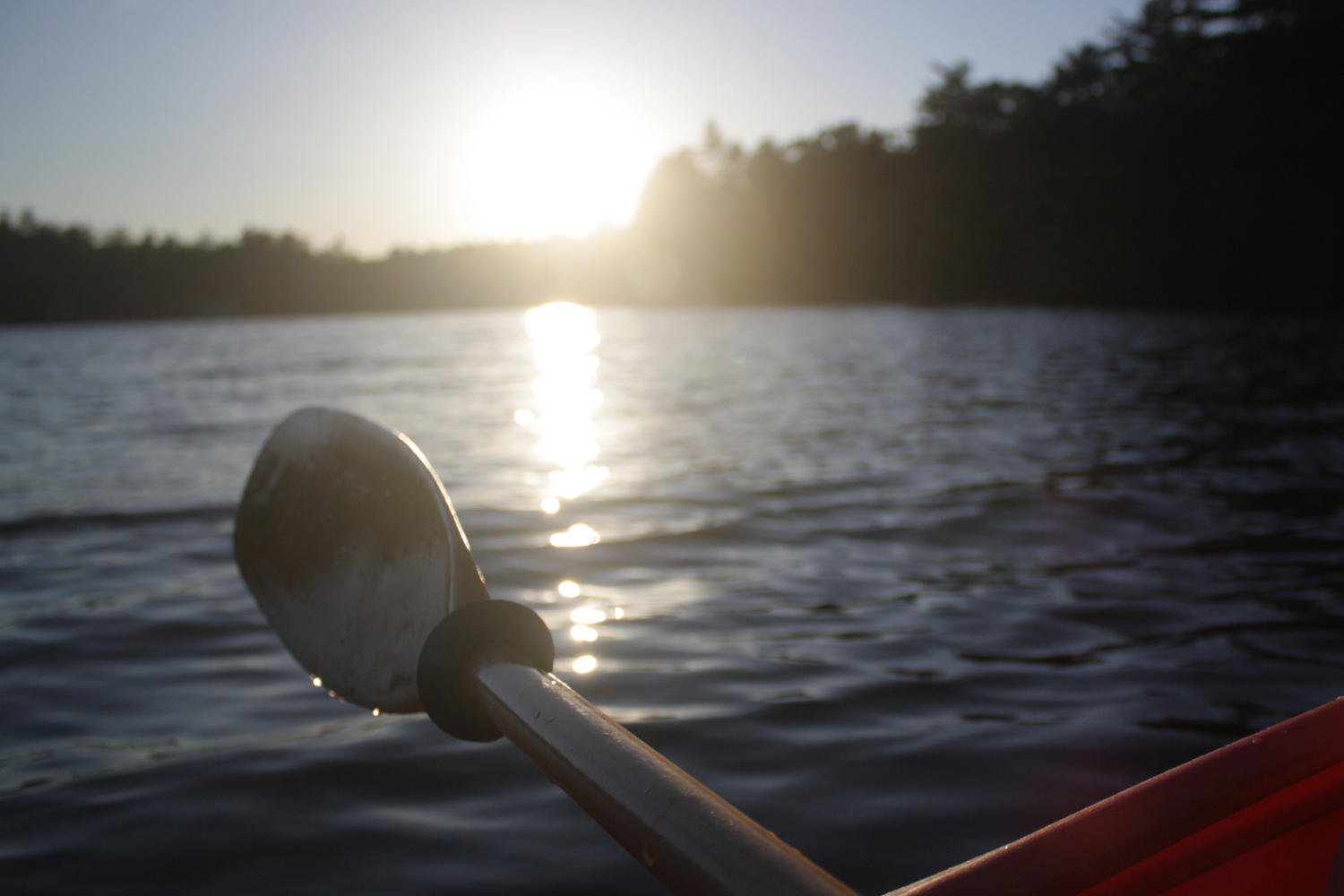

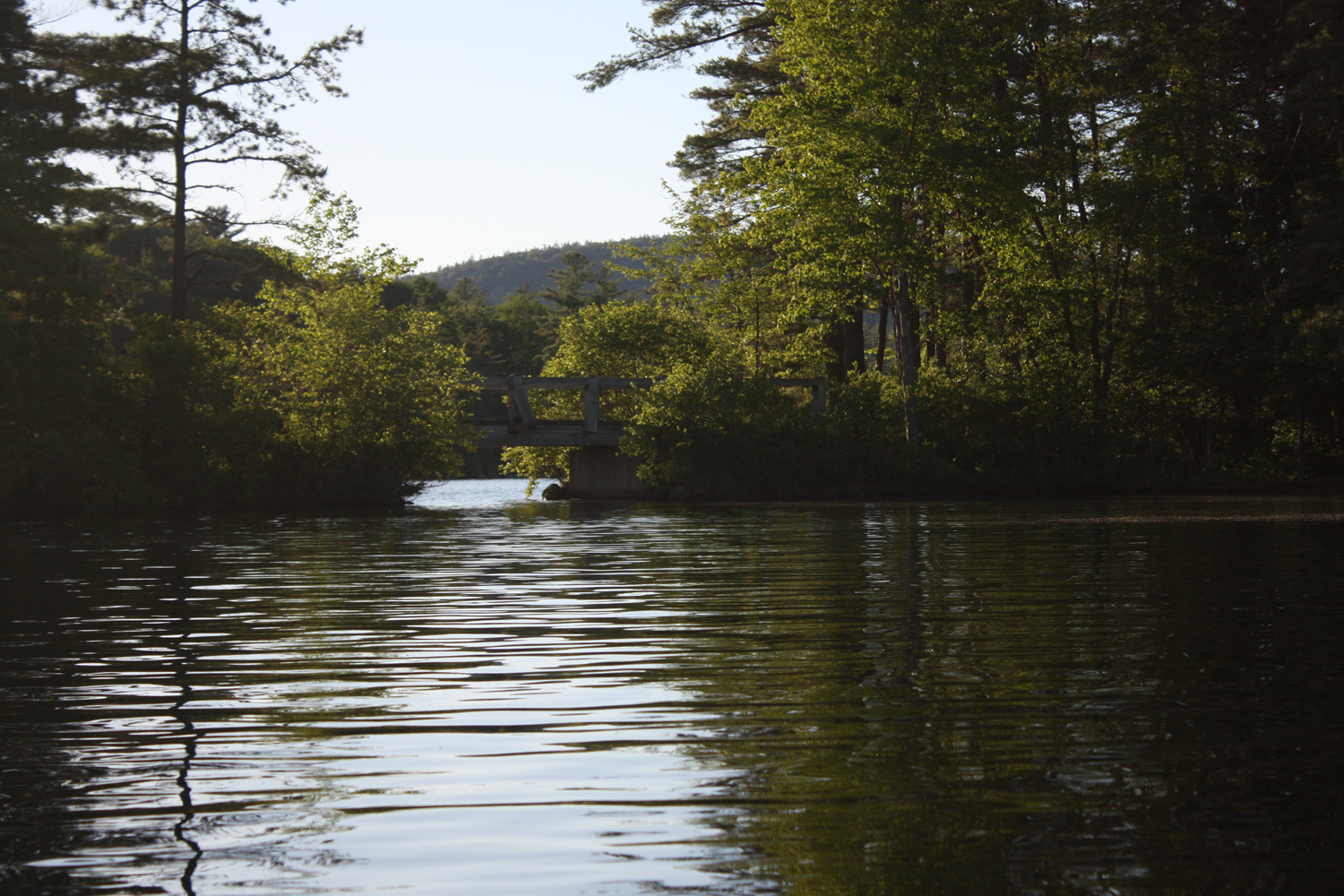
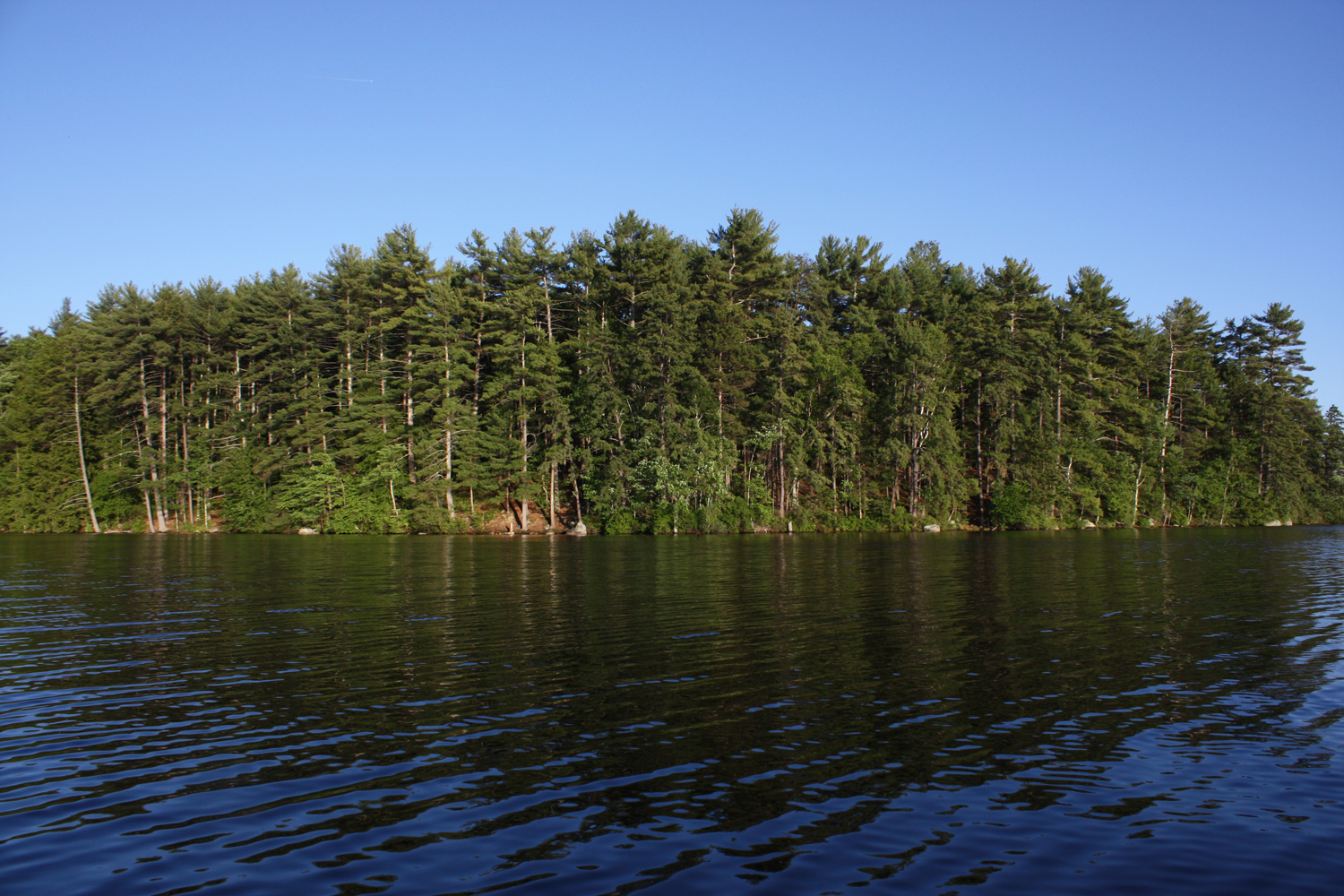
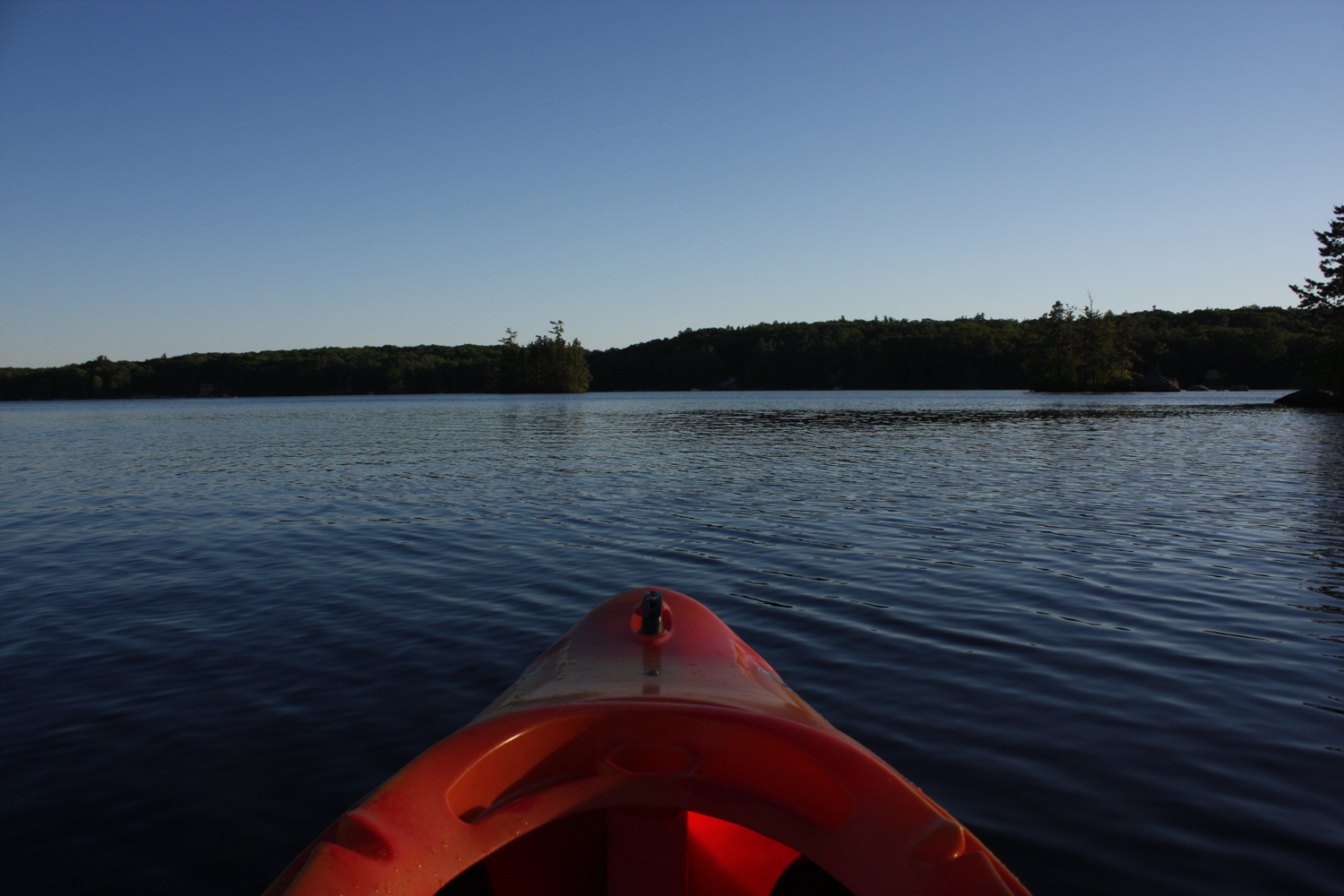
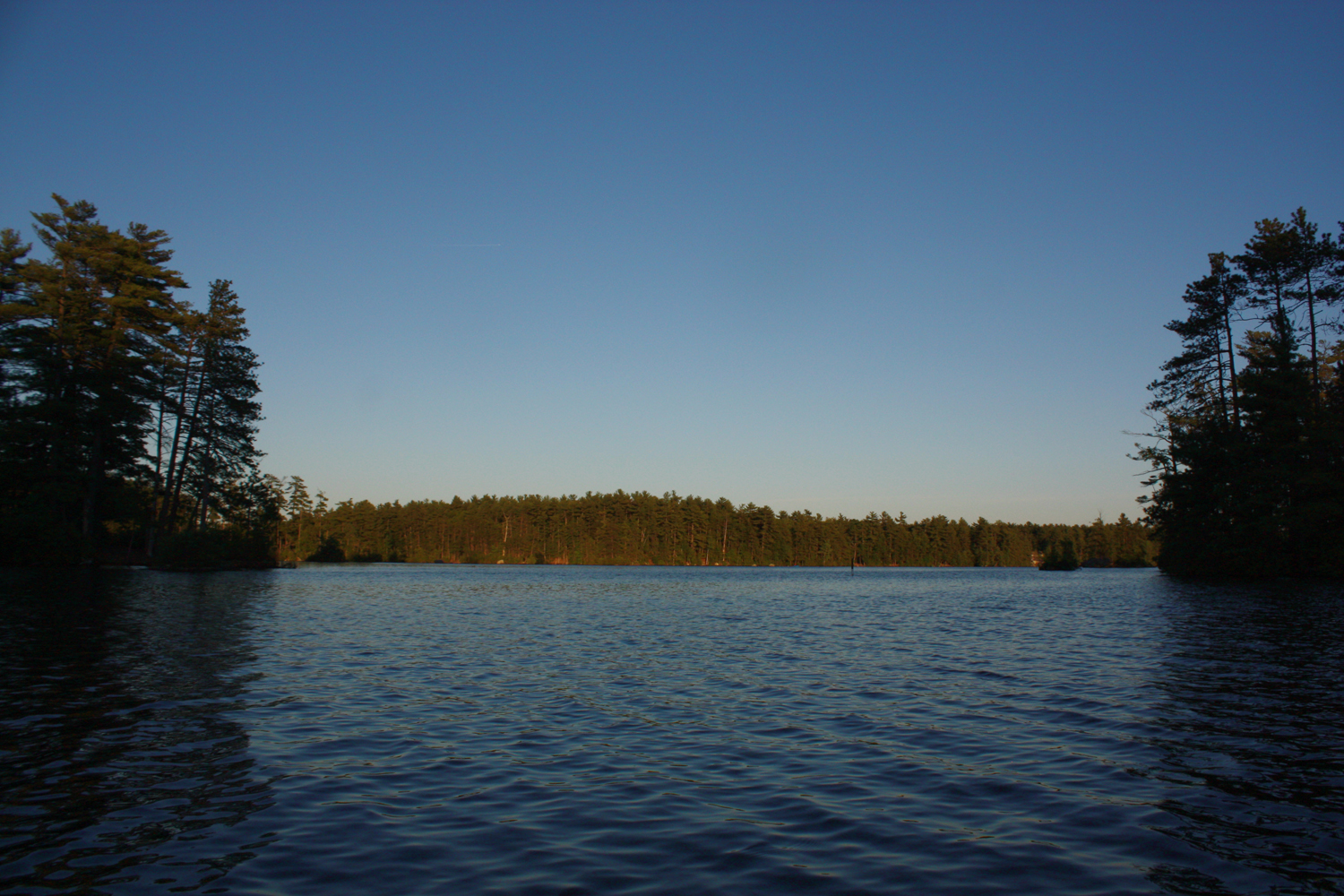
Beautifully written, as always! This blogger has some serious writing skills and really captures the amazing feeling nature gives us. I love the blerp about the loons, too!
Great write-up Andrew. I love Pawtuckaway State Park. Awesome photos too.
I love Pawtuckaway. We,my family & my siblings & their families try to get there altogether at least once a year. It’s tons of fun. The kids love it & it’s a great place to take my Mom who’s in a wheelchair. Although she can’t walk or talk, she enjoys watching the little ones running around & the beauty of the park. My immediate family’s goes more often as we live in New Hampshire. Soon to be relocating. Then we’ll be 5 minutes from Bear Brook. Another lovely Park.
Totally enjoyed your writing Andrew &look forward to reading more. Thanks.